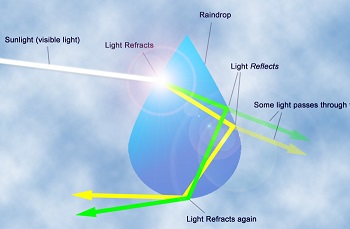
Learning Physics is Important to More Jobs than You Might realize
Physics is the foundation for any job that involves light, sound, movement, energy, or any gas, liquid or solid material. When you understand physics, you have a starting point for much of the work that is done in construction, manufacturing, horticulture, agriculture, transport, mining, engineering, photography, communications, information technology, and many other industries.